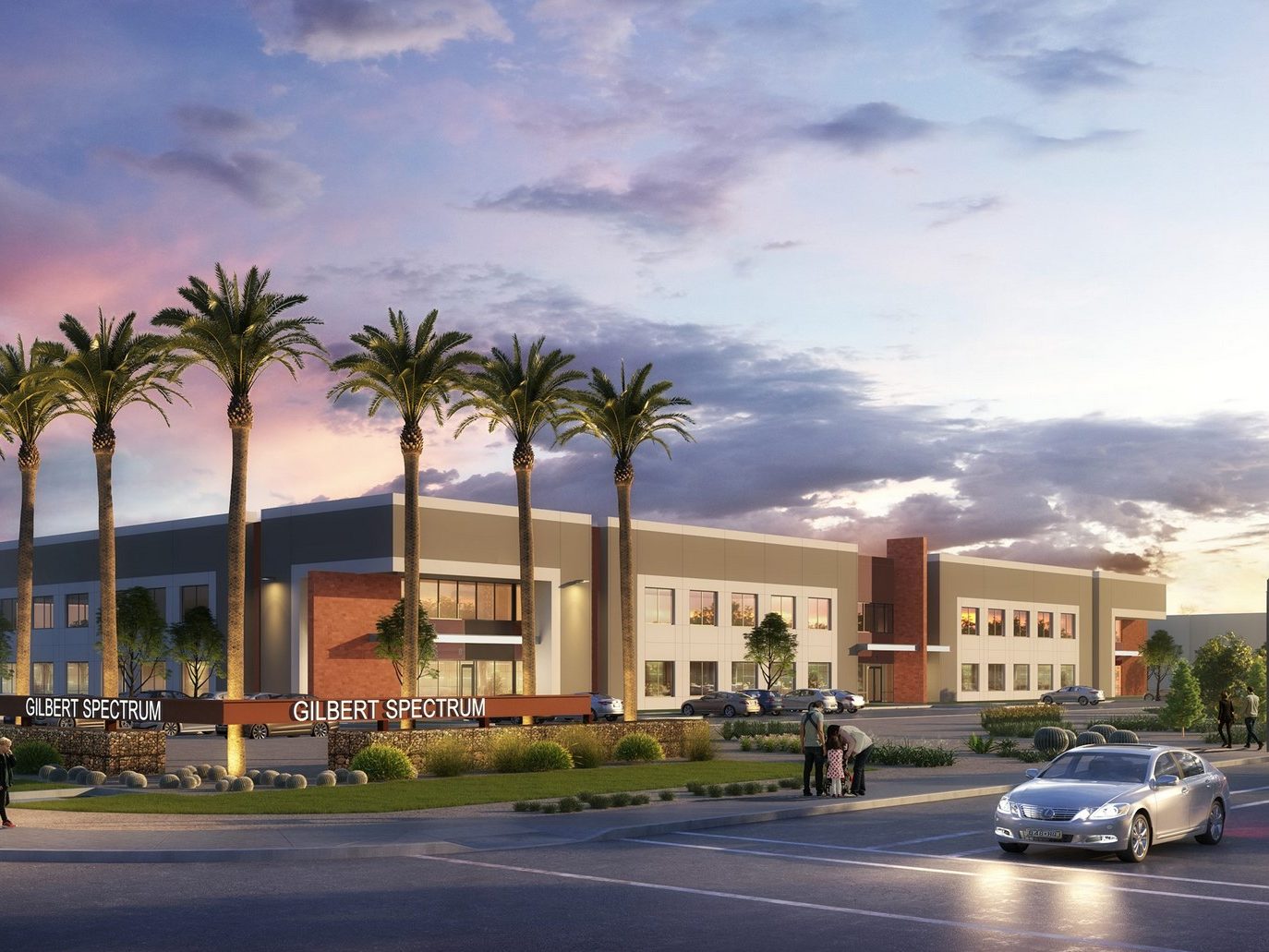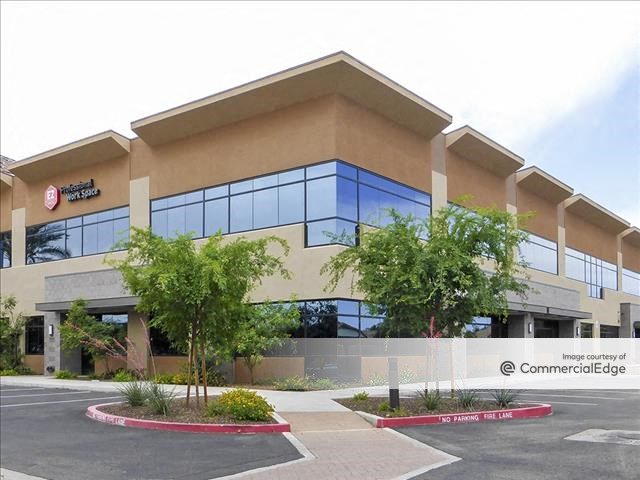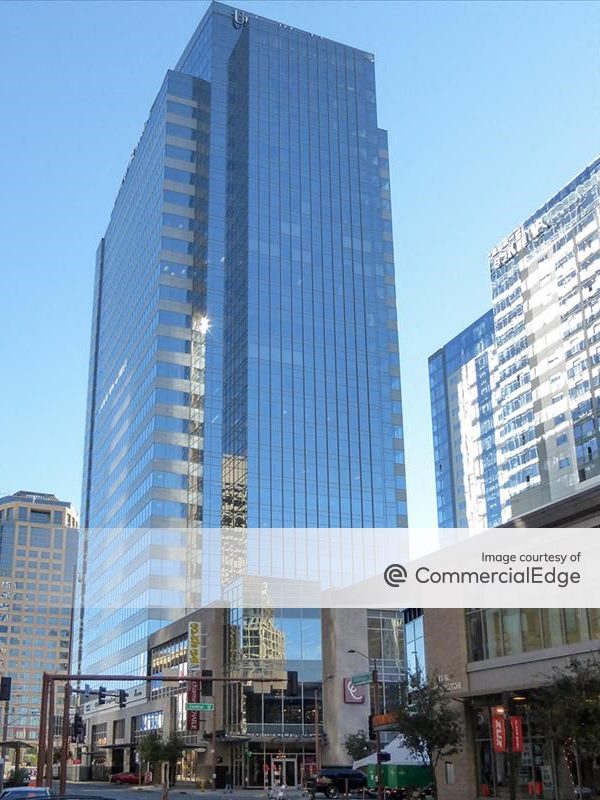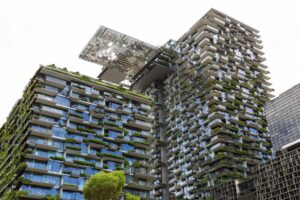Phoenix Office Market Shows Sluggish Activity


Phoenix’s office construction activity continued to remain slow, with developers starting construction on only three projects, according to CommercialEdge data. On par with national trends in construction costs, The Valley posted one of the smallest pipelines among peer markets.
Similarly, only 17 office assets traded in the first two months of 2025, resulting in one of the lowest dollar volumes among major U.S. markets. With the properties that ranked in the top five deals comprising less than 100,000 square feet, the average sale price so far ranked below the national average of $177 per square foot.
New supply crashes, construction activity slows
Since the start of 2025, construction starts in Phoenix comprised 170,521 square feet across three properties, while deliveries marked a 100 percent year-over-year decline as no other project came online, CommercialEdge data shows.
As of February, the metro had 826,426 square feet of space under development, accounting for 0.6 percent of existing stock—below the national figure of 0.7 percent and on par with Orlando. Among similar markets, Austin led the ranking with 3.7 percent, followed by San Diego (3.2 percent) and Nashville (2.6 percent). When adding projects in planning stages to the figure, Phoenix’s share reached 2.2 percent, still below the national average of 2.6 percent but surpassing Houston and Atlanta’s 1.9 percent.
The Valley’s under-construction pipeline remained one of the smallest among high-volume secondary markets. The leader in this category was Austin, with 3.6 million square feet underway, while San Diego followed, with 3.2 million square feet.
The list of top office projects underway in Phoenix remains unchanged since our previous market update: the 199,222-square-foot building known as Gilbert Spectrum’s Building 3 is still the largest development in the metro. Owned by SunCap Property Group, the project is estimated to reach completion by the end of April.
The second-largest project under construction is HonorHealth Medical Campus at Peoria, the 100,000-square-foot medical office facility owned by HonorHealth. The project topped out in April 2024 and is expected to reach completion this year. The same developer has the third largest development in Phoenix.
Dubbed HonorHealth Medical Campus at Pima Center, the 97,538-square-foot medical office project broke ground in October 2024 and is expected to reach completion by the end of July this year. Developed in partnership with Boldt Healthcare Real Estate, the property will be used by HonorHealth as a whole-patient care facility.
Phoenix office assets trade at affordable prices
Year-to-date through February, Phoenix’s transaction volume reached $42 million, with 17 properties totaling 817,702 square feet changing hands. The deal volume decreased by 8.1 percent on a year-over-year basis. Across Sun Belt markets the Bay Area led with $467 million in sales. Other markets that followed include Houston ($261 million) and Dallas ($205 million), while Detroit ($17 million) and Charlotte ($12 million) were on the other side of the spectrum.

Notable transactions in Phoenix that closed since the start of the year include properties below 100,000 square feet. One example is Baseline Partners’ $23.5 million acquisition of The Forum at Gilbert Ranch. Sold by Expansive, the 92,440-square-foot office building is at 1530 E. Williams Field Road in Gilbert, Ariz.
Another significant sale was Sportex Safety’s $16.8 million purchase of 1415 W. 3rd St. in Tempe, Ariz. The 82,266-square-foot flex office property came online in 1981 and was sold by The RMR Group.
As of February, the average sale price in the metro stood at $124 per square foot—below the national average of $177 per square foot. Office deals were pricier among similar markets, such as the Bay Area ($208 per square foot), Houston ($139 per square foot) and Dallas ($131 per square foot). The most expensive Sun Belt metro was San Diego, where assets swapped at $662 per square foot, while Nashville posted the most affordable average price at $64 per square foot.
Phoenix coworking sector doubles footprint
As of February, coworking space in Phoenix totaled 2.9 million square feet across 155 locations, more than in San Diego (2.4 million square feet) and Austin (1.8 million square feet). The metro’s shared space supply saw a more than double increase when compared to the 1.2 million square feet recorded during the same period of 2024.
The share of flex office space as percentage of total leasable office space stood at 2 percent in Phoenix—on par with the national average and surpassing multiple similar markets, such as Dallas, Austin and Houston, where the share reached 1.8 percent.
The top five flex office providers with the largest footprints in the metro remained unchanged since our previous coverage. Regus led with 557,012 square feet of shared space, followed by Industrious (259,344 square feet), Expansive (207,095 square feet) and Spaces (171,460 square feet).
Steady vacancy among Sun Belt metros

As of February, The Valley’s vacancy rate reached 18.7 percent—below the national rate of 19.7 percent.
Metros with high vacancies included Austin (27.4 percent), Dallas (23.8 percent), Houston (23.1 percent) and San Diego (20.8 percent), while the city with the lowest figure was Charlotte, with a 15.5 percent rate.
Leases signed in the metro so far include RED Development’s 24,722-square-foot deal at its CityScape, a 27-story office tower in the city’s central business district. The tenant is non-profit organization Visit Phoenix, that will relocate and establish its new headquarters at the 1.2 million-square-foot property.
Office-to-residential makeovers in Phoenix
While the office sector continues to struggle with rising vacancy rates and property values drop, office-to-residential conversion present as a popular opportunity for owners and investors seeking to repurpose underutilized office buildings.
CommercialEdge’s Conversion Feasibility Index launched last year as a tool meant to evaluate a building’s potential for residential repurposing, as well as to highlight which markets pose strong candidates. Using property-level scores, the CFI score includes three tiers, with assets posting Tier I scores being the most suitable candidates for such adaptive reuse projects.
In Phoenix there are only five office buildings in the Tier I category, with a CFI score between 90 and 100. Totaling 504,627 square feet, these buildings came online between 1929 and 1977 and are located in the city’s central business district. Meanwhile, there were 169 buildings encompassing 16.5 million square feet in the Tier II category, with scores between 75 and 89 points.
One example is Caliber Cos.’ makeover of Canyon Corporate Center, a two-building office campus that will be converted into 400 residential units. The former office complex included 312,000 square feet of space and is located in an Opportunity Zone. The developer plans to start the two-phase construction this year and expects to deliver the $40 million project by 2027.
The post Phoenix Office Market Shows Sluggish Activity appeared first on Commercial Property Executive.




